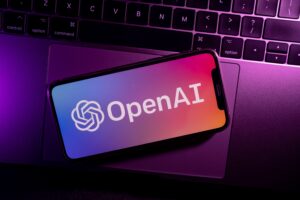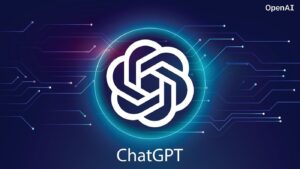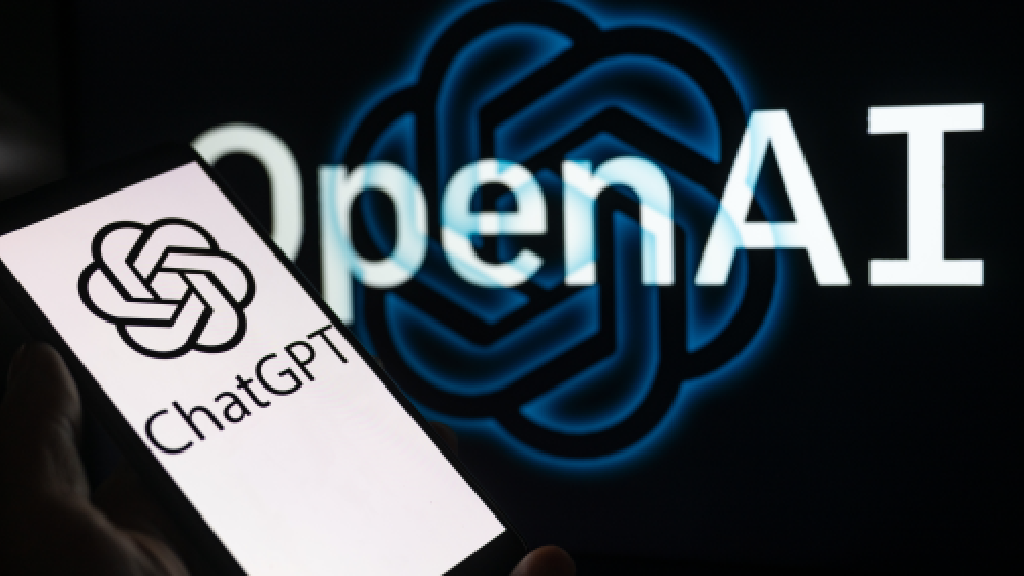
OpenAI’s Cautious Strategy in Releasing AI-Generated Text Detection Tools
Contents
- 1 OpenAI AI text detection tools
- 1.1 OpenAI’s Cautious Strategy in Releasing AI-Generated Text Detection Tools
- 1.1.1 OpenAI’s Text Watermarking Tool
- 1.1.2 The Challenges of Text Watermarking
- 1.1.3 Previous Efforts and Their Limitations
- 1.1.4 OpenAI’s Ongoing Research and Considerations
- 1.1.5 Conclusion
- 1.1.6 FAQs
- 1.1.6.1 1.What is OpenAI’s text watermarking method?
- 1.1.6.2 2.Why is OpenAI taking a cautious approach to releasing this tool?
- 1.1.6.3 3.How effective is the text watermarking method?
- 1.1.6.4 4.What are the potential risks of the text watermarking method?
- 1.1.6.5 5.Why did OpenAI discontinue its previous AI text detector?
- 1.1.6.6 6.What are the implications for non-English speakers?
- 1.1.6.7 7.How does OpenAI’s approach differ from previous efforts?
- 1.1.6.8 8.What are the broader implications of releasing such a tool?
- 1.1.6.9 9.Is text watermarking the only method OpenAI is exploring?
- 1.1.6.10 10.When will OpenAI release the text watermarking tool?
- 1.2 OpenAI AI text detection tools
- 1.3 Amazon’s ‘Great Freedom Festival’ is Back: Incredible Deals on Top Devices
- 1.1 OpenAI’s Cautious Strategy in Releasing AI-Generated Text Detection Tools
OpenAI AI text detection tools
OpenAI’s Cautious Strategy in Releasing AI-Generated Text Detection Tools
In an era where AI-generated content is becoming increasingly sophisticated, OpenAI is exploring ways to detect text written by its language model, ChatGPT. This initiative aims to address concerns about academic integrity and the misuse of AI in writing assignments. However, OpenAI is taking a cautious and deliberate approach to releasing such tools, considering the broader implications and potential risks involved.


OpenAI’s Text Watermarking Tool
OpenAI has developed a tool that could potentially identify students who use ChatGPT to write their assignments. According to The Wall Street Journal, the company is currently debating whether to release this tool. An OpenAI spokesperson confirmed that the company is researching a text watermarking method but emphasized the need for a careful approach due to the complexities and potential impact on the broader ecosystem.


The Challenges of Text Watermarking
Technical Promises and Risks
OpenAI’s text watermarking method involves making subtle changes to how ChatGPT selects words, embedding an invisible watermark in the text. This watermark could later be detected by a separate tool, distinguishing AI-generated content from human-written text. However, this approach comes with significant challenges:
- Circumvention by Bad Actors: The method could be bypassed by those with malicious intent, who might use techniques such as paraphrasing, translation, or inserting and removing special characters.
- Impact on Non-English Speakers: There is a concern that text watermarking could disproportionately affect non-native English speakers, potentially stigmatizing the use of AI as a helpful writing tool.


OpenAI AI text detection tools
Previous Efforts and Their Limitations
Most previous attempts to detect AI-generated text have proven largely ineffective. OpenAI itself discontinued its earlier AI text detector due to its low accuracy. The text watermarking method represents a different approach, focusing specifically on detecting content generated by ChatGPT. Despite its technical promise, the method is not without its limitations.
OpenAI’s Ongoing Research and Considerations
In response to the Journal’s story, OpenAI updated a blog post from May, detailing its ongoing research into detecting AI-generated content. The update highlighted that while text watermarking has shown high accuracy and resilience against localized tampering, it remains vulnerable to more sophisticated manipulation techniques.


Conclusion
OpenAI’s deliberate approach to releasing AI-generated text detection tools underscores the company’s commitment to balancing innovation with ethical considerations.The development of a text watermarking method offers a promising solution to the challenge of detecting AI-generated writing, but it also presents significant risks and complexities. OpenAI’s cautious strategy reflects its understanding of the broader implications and the need to ensure that such tools do not inadvertently harm certain groups or encourage malicious behavior.
FAQs
1.What is OpenAI’s text watermarking method?
A. OpenAI’s text watermarking method involves making subtle changes to how ChatGPT selects words, embedding an invisible watermark in the text to distinguish AI-generated content from human-written text.
2.Why is OpenAI taking a cautious approach to releasing this tool?
A. OpenAI is considering the complexities and potential risks involved, such as circumvention by bad actors and the impact on non-English speakers.
3.How effective is the text watermarking method?
A. While the method has shown high accuracy against localized tampering, it is less robust against globalized tampering techniques like translation or rewording with another generative model.
4.What are the potential risks of the text watermarking method?
A. The method could be bypassed by sophisticated manipulation techniques and might disproportionately affect non-native English speakers.
5.Why did OpenAI discontinue its previous AI text detector?
A. OpenAI shut down its earlier AI text detector due to its low rate of accuracy.
6.What are the implications for non-English speakers?
A. Text watermarking could stigmatize the use of AI as a writing tool for non-native English speakers, potentially limiting its beneficial applications.
7.How does OpenAI’s approach differ from previous efforts?
A. OpenAI’s text watermarking method focuses specifically on detecting content generated by ChatGPT, rather than attempting to identify AI-generated text from various sources.
8.What are the broader implications of releasing such a tool?
A. The release of this tool could impact the broader ecosystem, influencing academic integrity, AI research, and the ethical use of AI technology.
9.Is text watermarking the only method OpenAI is exploring?
A. OpenAI is researching various methods to detect AI-generated content, including alternatives to text watermarking.
10.When will OpenAI release the text watermarking tool?
A. OpenAI has not yet decided whether to release the text watermarking tool, as it is still weighing the potential risks and benefits.





















3 comments